How to clone your hard drives
Cloning a hard drive can be beneficial for a number of purposes. You may want to clone a drive to migrate all of its data to a new hard drive that you have just bought and are about to connect to your PC to replace the old, or as a backup so that you can restore the hard drive and all of its data at a later point in time.
The latter option can be useful if you take a snapshot right after installation of the operating system, all patches and important applications as you can go back to that pristine state at any time then.
There are several freeware tools out there that you can use, and the tool that I'm usually using is called DriveImage XML. It is a free (for non-commercial use) program for Windows that supports SATA drives, external hard drives and Flash memory so that you can also use it to backup smartphones or mp3 players like the iPad Nano.
Drive Image XML offers a graphical user interface that you can use for all operations. To clone a hard drive to another one click on the drive to drive entry on the lower left side of the main window.
Drive Image XML scans all drives that are currently connected to your computer and displays them all in a list. Just select a drive that you do want to clone in the first step. After that you may select to use a raw mode copy which copies all of the sectors of the drive to another drive so that even unused sectors, those that contain no data, are copied.
The hot imaging option only applies if you clone a drive that is currently in use. Drive Image XML tries first to lock the drive and make everything read only for the time of creating the clone and if that fails use the Volume Shadow Service to create a shadow copy of the file that can't be locked.
Once that is set you select the drive that you want to clone the files to. Again all drives connected to the computer are available to choose from. You should make sure to select a drive that is at least slightly larger than the drive that you want to clone.
Please note that all data on the destination partition will be overwritten and deleted in the process. I would suggest to create a partition just for cloning the drive to make sure that no data is ever overwritten or deleted on the destination drive.
Tips
- Depending on your version of Windows, you may need to run the program with elevated rights. To do so, right-click on it and select run ad administrator.
- You can download a runtime live CD from the developer website to run the backup software on boot. This is useful if you cannot boot into the system anymore and want to restore it. Make sure you download the image after you have created the backup to have that option available at any time.

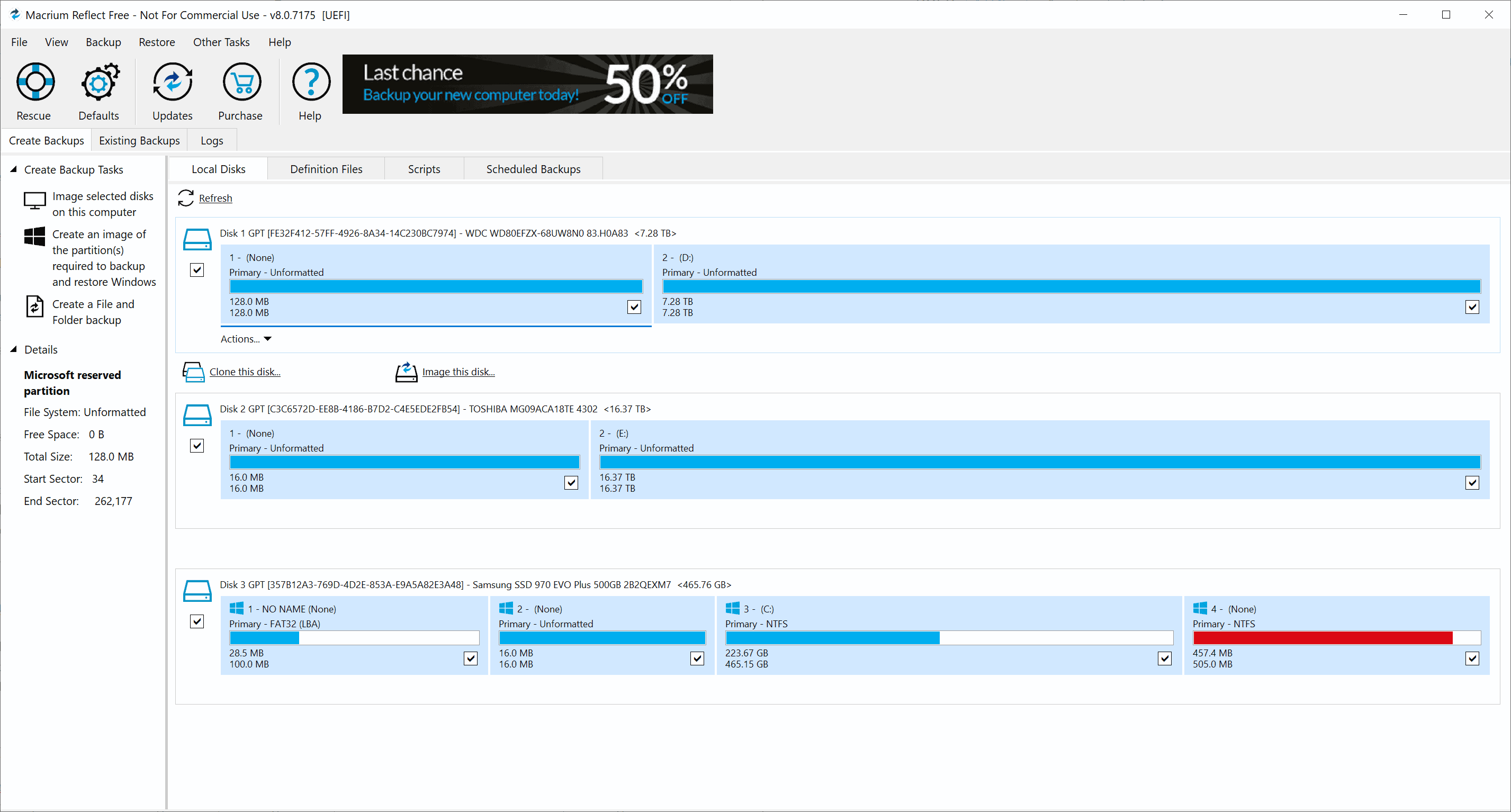
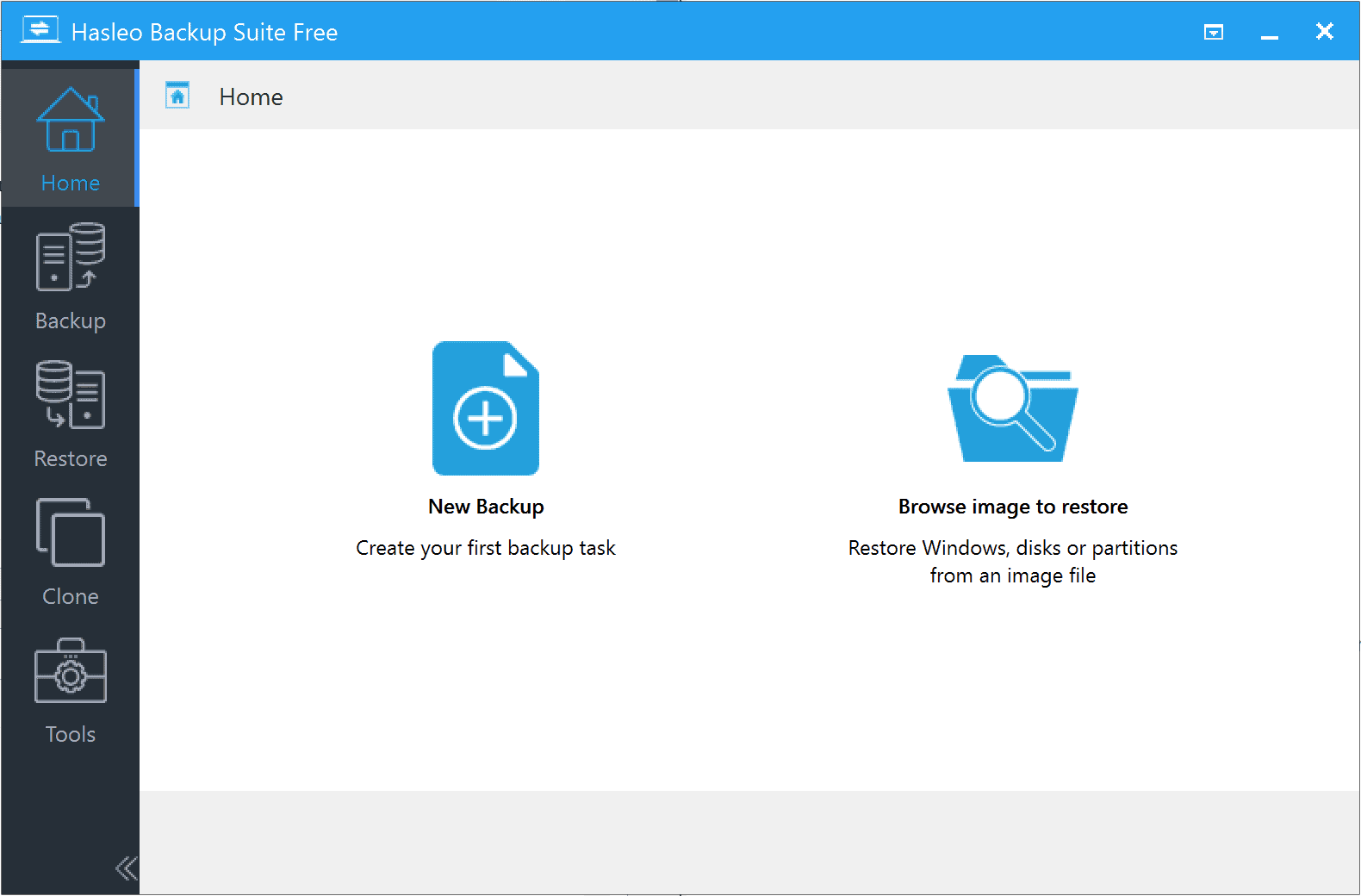
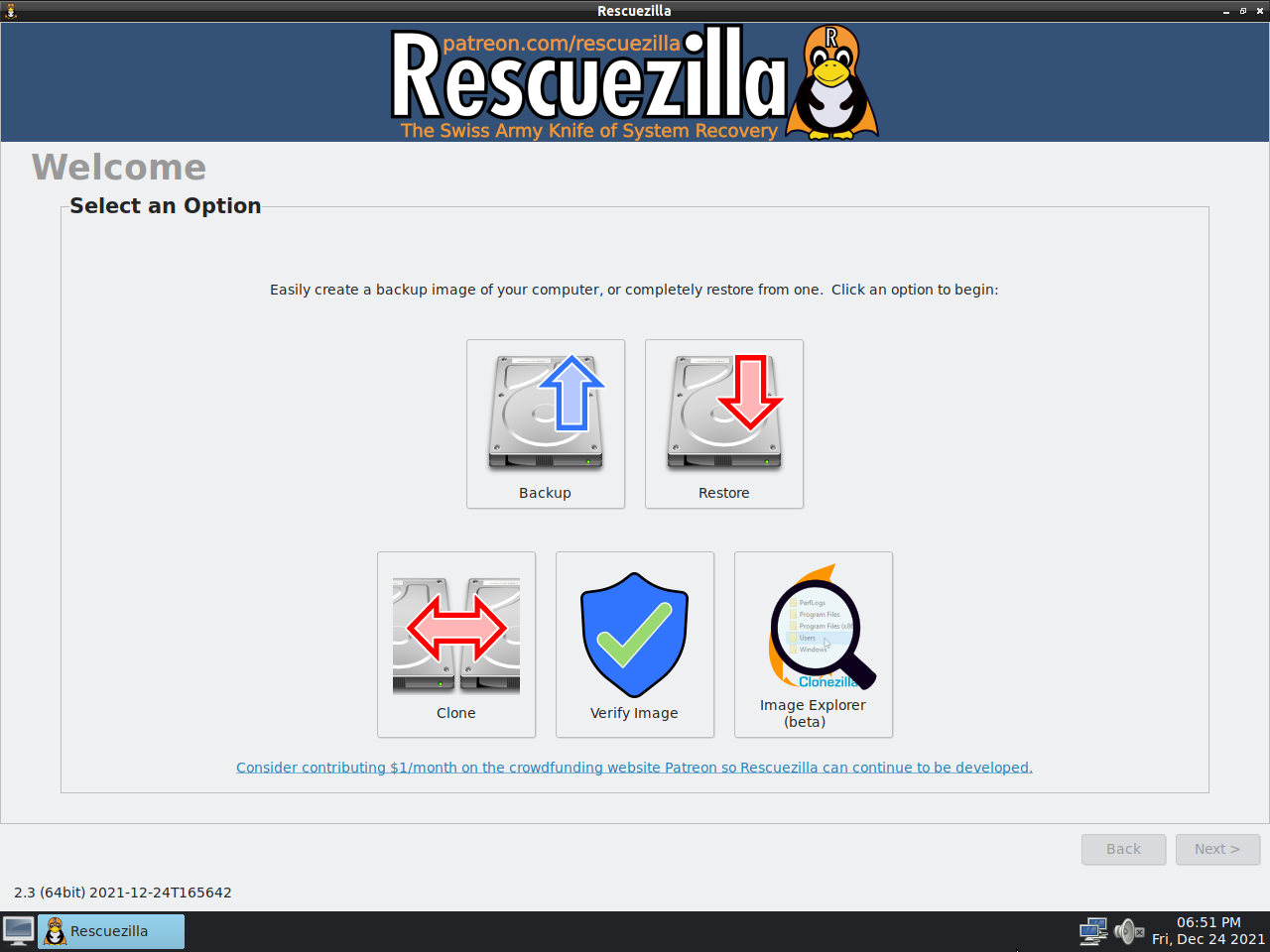
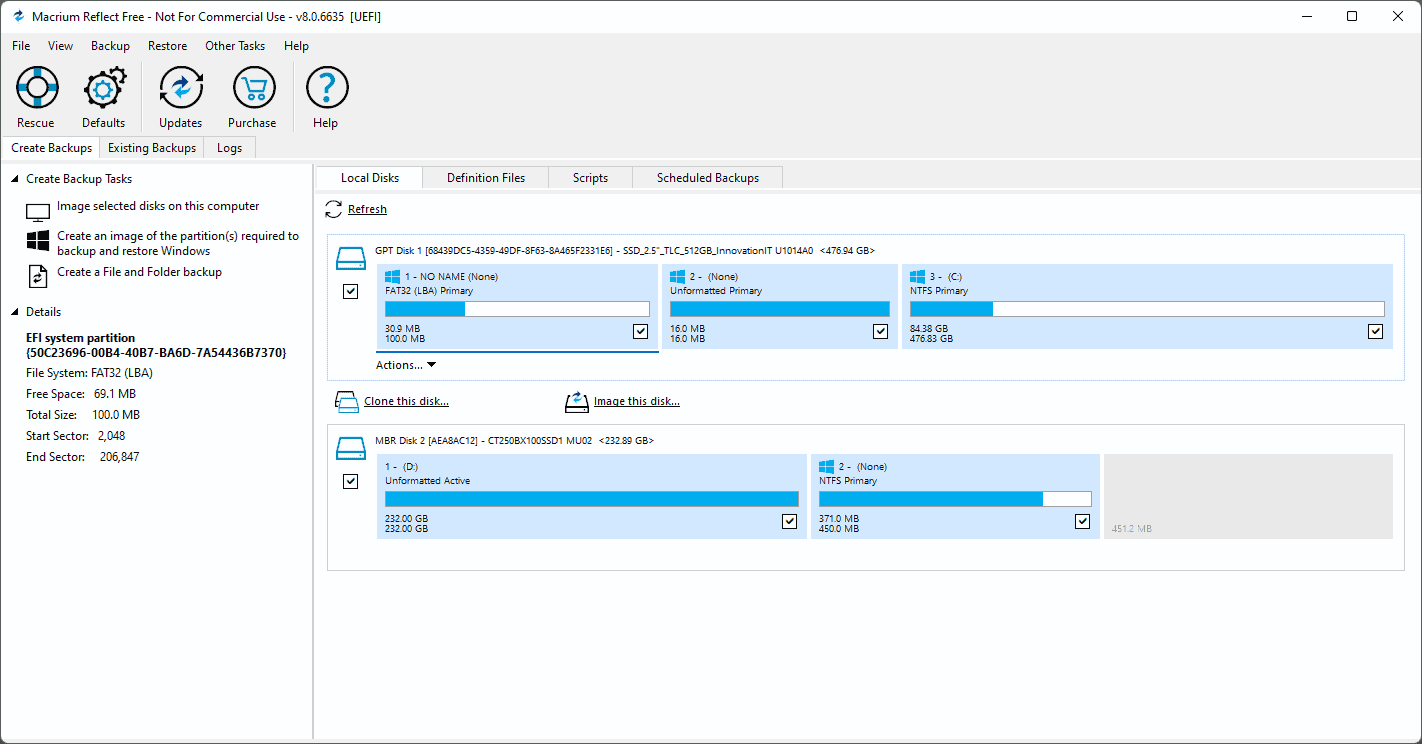
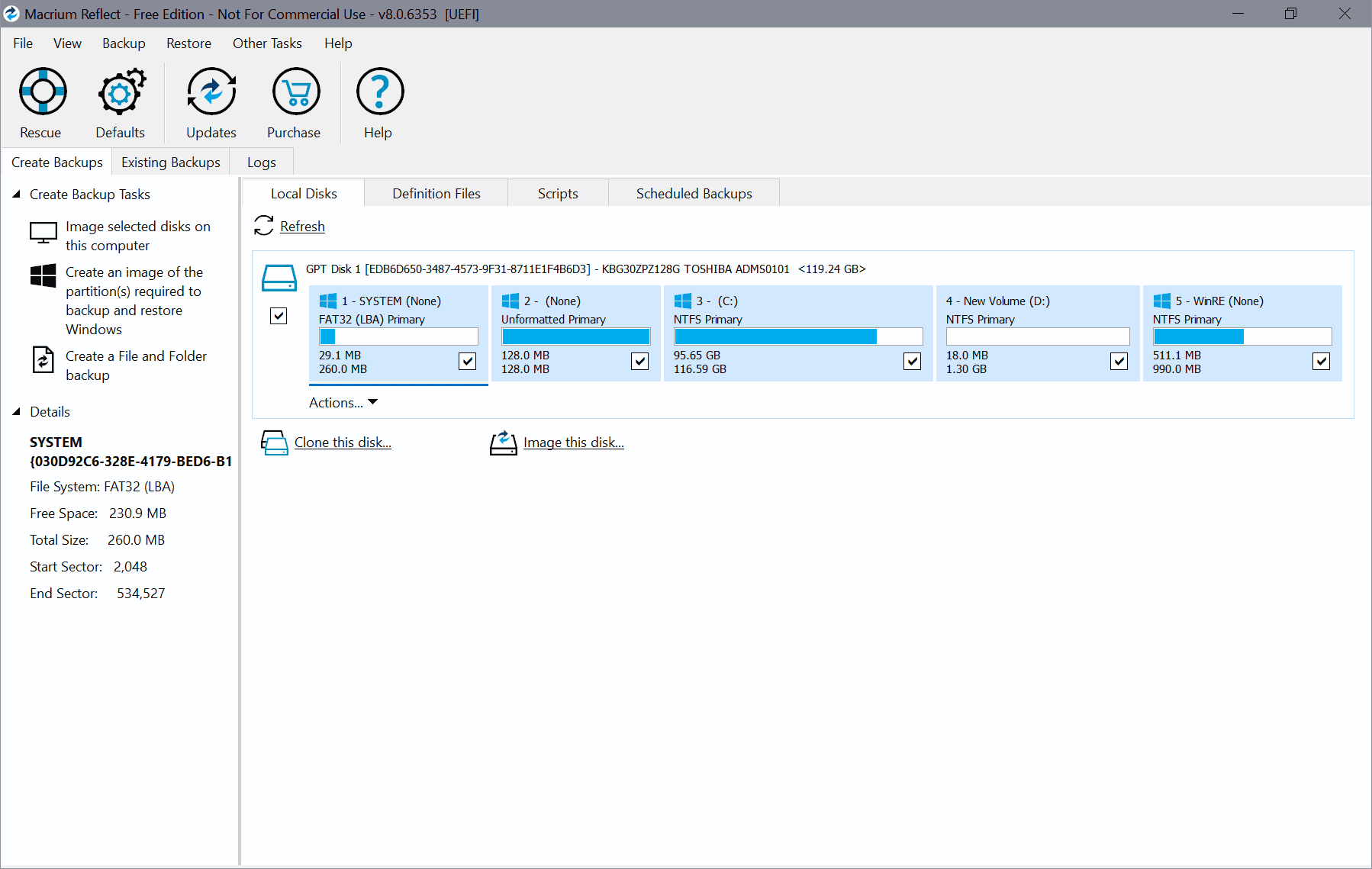
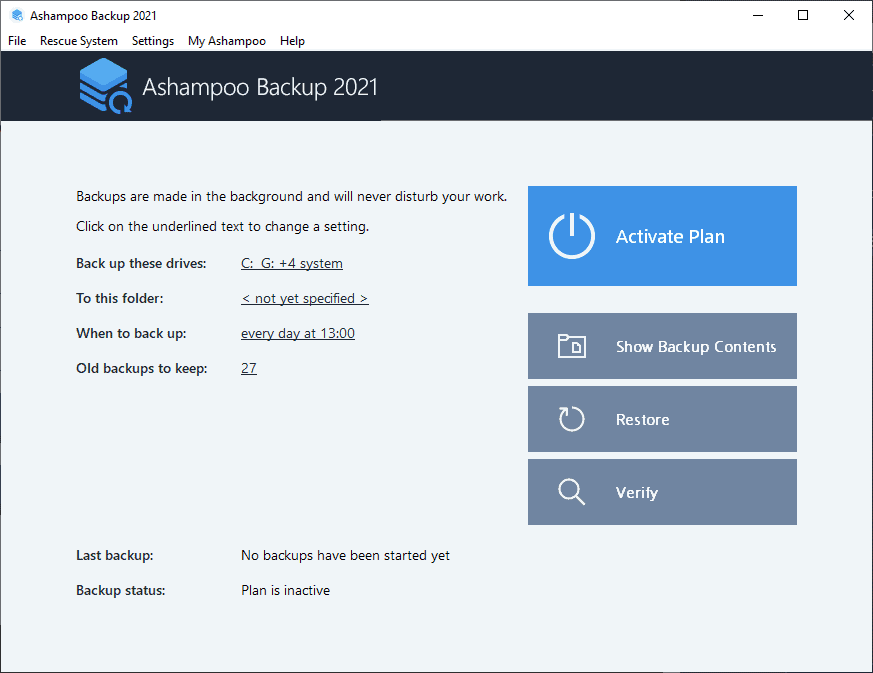














Is it legal to clone your computer in your network?
Ok I have a question. I’m work on a network with 6 computers all 6 computers have the same information Microsoft word ect. One of my computers goes bad and I need to clone one of the other computers from my network in order to fix.
My question as you can tell is it legal to clone a computer from my network even that I had punches the license. From the original source. If so how is that different from me making a backup image?
cloning=ghosting
i do ghosting
it clones the complete hard drive which means that everything is saved. The registry will be saved if the operating system is on that drive as well.
Does this also save the registry and system settings when doing a backup?
Thanks for this. I will be testing this out.